Electric bikes have come a long way in just a few years. Once considered a niche product, they are now widely available and tailored for all kinds of riders, from casual commuters to serious off-road enthusiasts. The price range is equally broad, with models starting at under $500 and going well over $10,000. But why do some eBikes cost so much more than others? Let’s take a closer look. On average, the upfront cost of an eBike ranges from $1,500 to $3,000. However, this can vary significantly depending on the components used, the brand, and the intended use. Cheaper models may offer basic features but often lack durability, performance, and safety. For example, a low-cost eBike might have a heavier frame, a smaller battery, and less reliable motor technology. These factors can impact your riding experience and long-term costs. Another consideration is the maintenance and charging costs. Battery life and efficiency play a big role in the overall value of an eBike. A high-quality battery can last up to 3,000 charges, while cheaper alternatives may only last 1,000. This means that while a lower-priced bike might seem like a better deal at first, it could end up costing more in the long run due to frequent replacements and repairs. High-end eBikes, such as the Delfast Top 3.0i, are designed for specific purposes and often feature advanced technology, superior materials, and enhanced performance. These bikes typically cost over $10,000, but they also deliver exceptional value. They include things like integrated lightweight batteries, high-performance motors, and smart controllers that improve ride quality and safety. Mid-range eBikes, priced around $3,000, offer a good balance between affordability and quality. They usually come with larger batteries, smoother pedal assist systems, and more reliable braking mechanisms. These features make them ideal for daily commuting or recreational riding without breaking the bank. One of the key advantages of higher-end models is regenerative braking. This technology helps extend battery life by capturing energy during deceleration. It also improves safety, especially when descending hills, as the brakes work less hard and stay cooler. Additionally, smart controllers help manage battery temperature and provide accurate range estimates, which is crucial for planning rides without running out of power. When you compare the cost of owning an eBike like the Delfast Top 3.0i to a car, the savings become clear. The average yearly cost of a new car in the U.S. is over $10,000, including fuel, insurance, and maintenance. In contrast, the Delfast Top 3.0i costs just $25 per year to charge in California. That’s a fraction of what you’d spend on a traditional vehicle. Maintenance is another area where eBikes shine. While cars require regular oil changes, tire rotations, and expensive repairs, eBikes are relatively low-maintenance. Even parts like tires or suspension components are far cheaper and easier to replace. For instance, a set of durable all-terrain tires for the Top 3.0i costs just $169 — a small investment compared to the cost of replacing car tires. If you're looking for a reliable, efficient, and eco-friendly alternative to driving, an eBike can be a great choice. Not only does it save you money on fuel, insurance, and parking, but it also reduces your carbon footprint. Plus, many cities don’t require a license, registration, or insurance for eBike riders — making it even more convenient. Whether you’re a daily commuter, a weekend adventurer, or someone looking to cut costs, there's an eBike out there for you. With prices becoming more competitive and technology constantly improving, now might be the perfect time to invest in your next ride. Related articles:
Precision Steel Tube are produced by Cold Drawn and Cold Rolling, with very good OD and ID tolerance and smoothness ,
with very good Concentricity, Good Ovality, Good Roundess, Less Deviation, suitable for machinery and CNC machining part, for auto parts.
Cold Drawn Seamless tubing (also known as CDS steel tube. Cold Drawn Seamless tubes offer tight tolerances compared to Hot Finished Seamless tube, and offers stronger physical properties compared to other mechanical tubing.
CDW Steel Tubes is made by drawing the ERW tubes from the tube mills through a plug and die combination, mounted on the draw bench. The end tagged and annealed tubes are drawn through a closely machined die that controls the outside diameter of the tubes. At the same time the tube passes over a plug that controls the inside diameter. Further, the manufactured tubes are processed by the downstream facilities for different industry applications.
Technical Standard according to:
ASTM A513, ASTM A519,
DIN2391, EN10305-1, EN10305-2, EN10305-4,
SAE J 524, SAE J525 etc.
Delivery Condition:
Cold Finished ( BK, C/W, without heat treatment)
Normalized (+N)
Stress Relieved Annealed (+SRA)
Steel Grade:
SAE 1010, SAE 1020, SAE 1026, SAE 4130, SAE 4140.
ST35.8, ST37.0, ST52, E235, E355, 42CrMo4,etc
Sizes:
OD: 4.0 to 350mm
WT: 0.5 to 50mm
Length: Cutting Length available, max 12000mm according to Customer PO.
Precision Steel Tube,Welded Precision Steel Tubes,Seamless Precision Steel Tube,Din2391 Seamless Precision Steel Tube TORICH INTERNATIONAL LIMITED , https://www.steeltubepipechina.comThe Cost of eBikes: What You Need to Know
How Much Do eBikes Cost?
Why Some eBikes Cost More — And What You Get
The Cost of Owning a Delfast Top 3.0i vs a Car
Is an eBike Worth the Investment?
Why are e-Bikes Heavier than Regular Ones and is It Really Important?
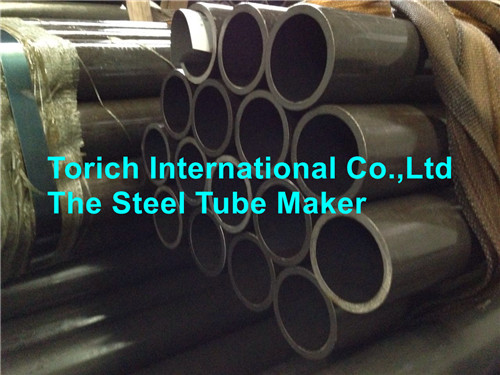
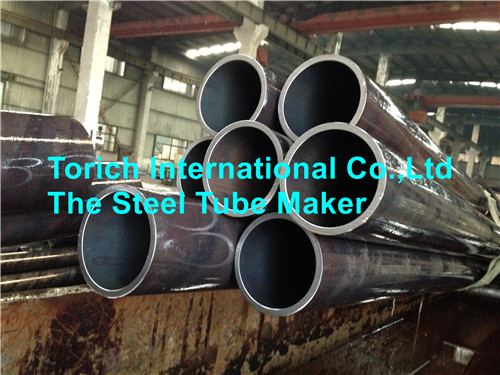
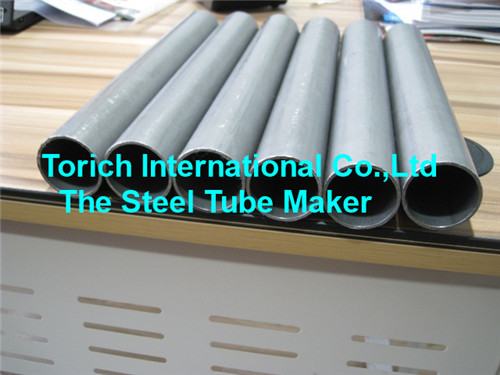
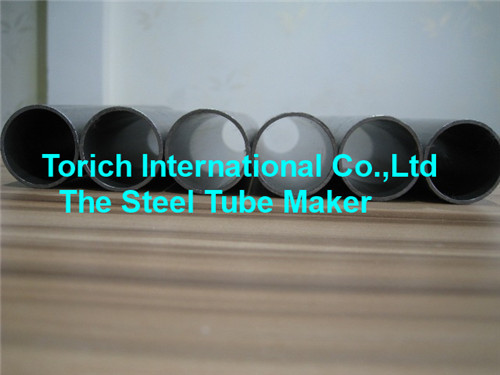
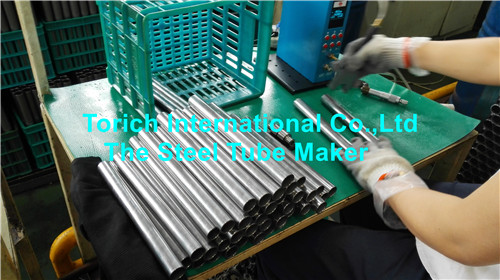
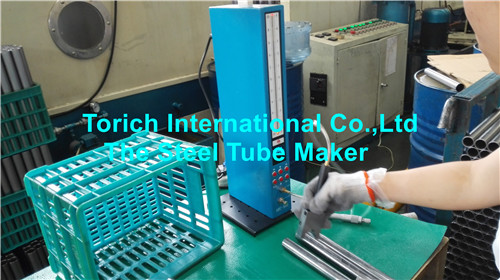
The Cost of eBikes
3/5/2021
views
â” go back